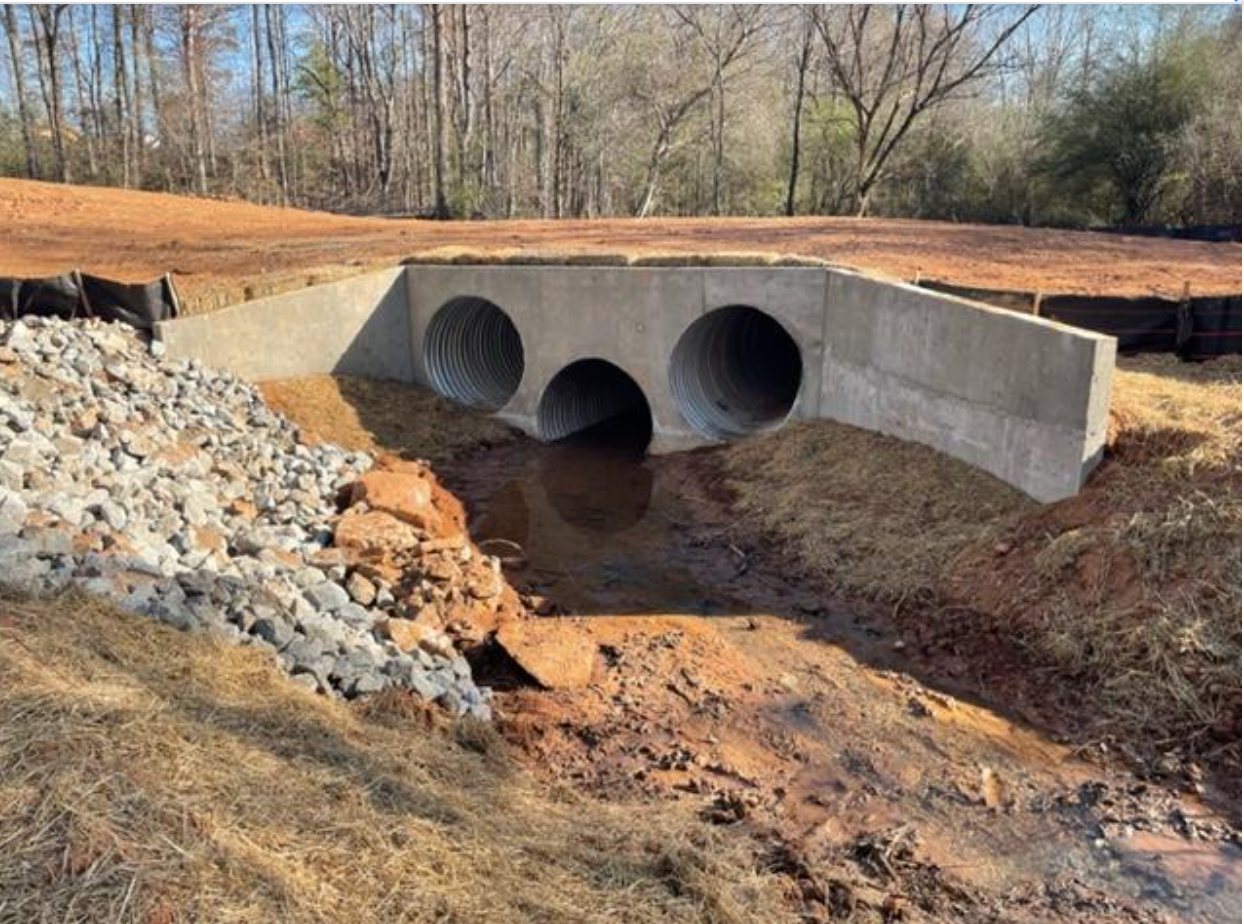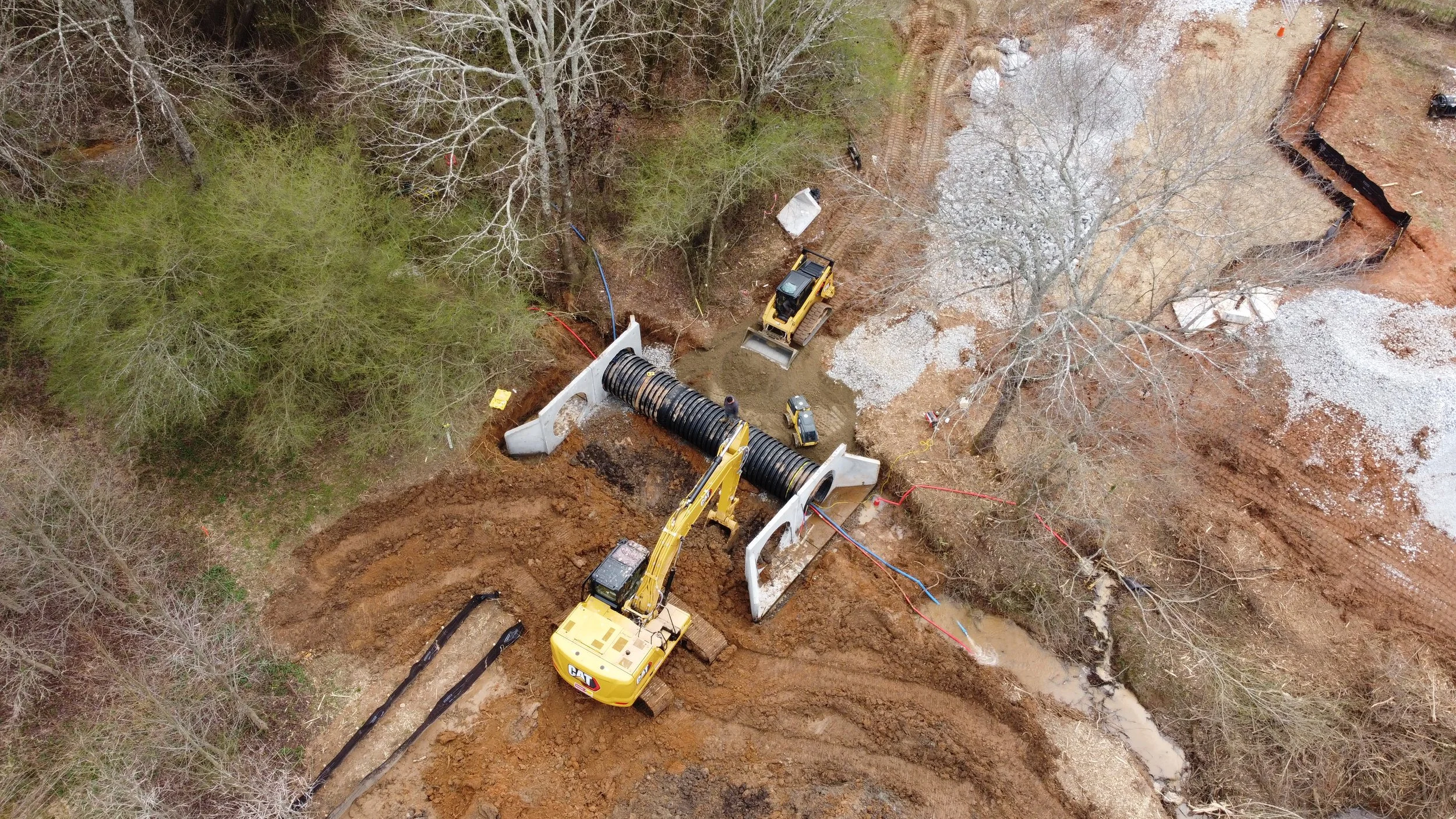At KRS and Company we provide repair of existing culvert pipes as well as installation of new drainage culverts.
INSTALLING A NEW CULVERT
Culvert Installation
Culvert installation includes designing and constructing a culvert to facilitate the flow of water under roads, driveways, or other infrastructure. Culverts are essential for managing drainage, preventing erosion, and ensuring the proper functioning of transportation and utility systems.
-
Site Assessment and Design:
The first step is to assess the site where the culvert is needed. This includes analyzing the type and volume of water flow, soil conditions, and environmental considerations.
Based on the site assessment, a design for the culvert is developed, including its dimensions, type (e.g., concrete, metal, plastic), and any necessary slope or alignment adjustments.
Permitting and Regulatory Compliance:
Obtain any necessary permits and approvals from local, state, or federal authorities. Ensure compliance with environmental regulations, including those related to wetlands and water quality.
Excavation:
Prepare the site by excavating the area where the culvert will be installed. This involves digging a trench or channel that matches the dimensions and alignment specified in the design.
Foundation Preparation:
Create a stable and level foundation for the culvert. Depending on the type of culvert and soil conditions, this may involve adding bedding materials like crushed stone or sand.
Culvert Installation:
Place the culvert structure into the prepared trench or channel, making sure it is properly aligned and supported.
Connect multiple sections of the culvert, if necessary, ensuring watertight seals at the joints.
Properly anchor and secure the culvert to prevent movement during heavy flow.
Backfilling and Compaction:
Backfill the area around and on top of the culvert with appropriate materials, such as soil, gravel, or concrete, taking care to compact it properly to prevent settling or structural issues.
Erosion Control:
Implement erosion control measures, such as riprap, geotextiles, or vegetation, to protect the culvert and prevent erosion around the site.
Surface Restoration:
Restore the surface over the culvert to match the surrounding area, ensuring a smooth transition for vehicles and minimizing disruption to the environment.
CULVERT REPAIR
Culvert Repair
Repairing culverts is necessary when they become damaged, deteriorate over time, or are compromised in any way. Culvert repair is a critical aspect of infrastructure maintenance, as damaged or malfunctioning culverts can lead to flooding, road damage, and other problems.
-
Inspection:
The first step in culvert repair is to conduct a thorough inspection to assess the extent of the damage or deterioration. This may involve visual inspections, measurements, and possibly the use of cameras or other inspection tools.
Clearing debris:
Before repair work can begin, any debris, sediment, or obstructions within the culvert should be removed to ensure proper water flow and access to the damaged area.
Material selection:
Depending on the extent of the damage and the type of culvert (e.g., concrete, metal, plastic), appropriate repair materials, such as concrete, grout, or steel sheets, need to be selected.
Excavation:
In some cases, it may be necessary to excavate the area around the culvert to access and repair the damaged section. This is common for underground culverts.
Repair or replacement:
The specific repair method depends on the damage. It may involve patching, sealing cracks, reinforcing culvert walls, or even replacing a damaged culvert with a new one if necessary.
Backfilling:
After the repairs are completed, the excavated area is backfilled with appropriate materials to restore the road or surface above the culvert.
-
Culvert repair is the process of fixing broken culverts, which are structures designed to allow the passage of water under a driveway, railway, or embankment. Culverts are essential for managing water flow and preventing erosion, flooding, and other related issues.
-
Culvert repair method depends on the damage. It may involve patching, sealing cracks, reinforcing culvert walls, or even replacing a damaged culvert with a new one if necessary.
CULVERT REPLACEMENT
Culvert Replacement
Culvert replacement is necessary when existing structures deteriorate due to factors like corrosion or erosion, when changes in water flow patterns or increased urbanization require a higher capacity, or when outdated designs no longer meet current engineering and environmental standards.
Additionally, culverts may need replacement during infrastructure upgrades, to address regulatory compliance, prevent flooding, or respond to damage from natural disasters.
-
Site Assessment:
Engineers assess the condition of the existing culvert, considering factors such as material integrity, size, and capacity.
Design:
Based on the assessment, engineers design a replacement culvert that meets current standards and addresses any issues identified during the assessment.
Removal of Existing Culvert:
The old culvert is removed, and the area is prepared for the installation of the new culvert.
Installation of New Culvert:
The replacement culvert is installed, ensuring proper alignment, slope, and connections to facilitate efficient water flow.
Backfilling and Restoration:
The area around the new culvert is backfilled and restored to its original condition or according to the project specifications.
-
Culvert replacement involves removing an existing culvert and installing a new one in its place. Culverts may need replacement for various reasons, including structural deterioration, increased water flow, changes in design standards, or the need for a larger or more efficient drainage system.
KRS team of qualified professionals can perform the
culvert installation or repairs effectively for you.
CONTACT US:
PHONE: 678-416-2515 :: EMAIL: INFO@KRSCOMPANY.NET
See our work:
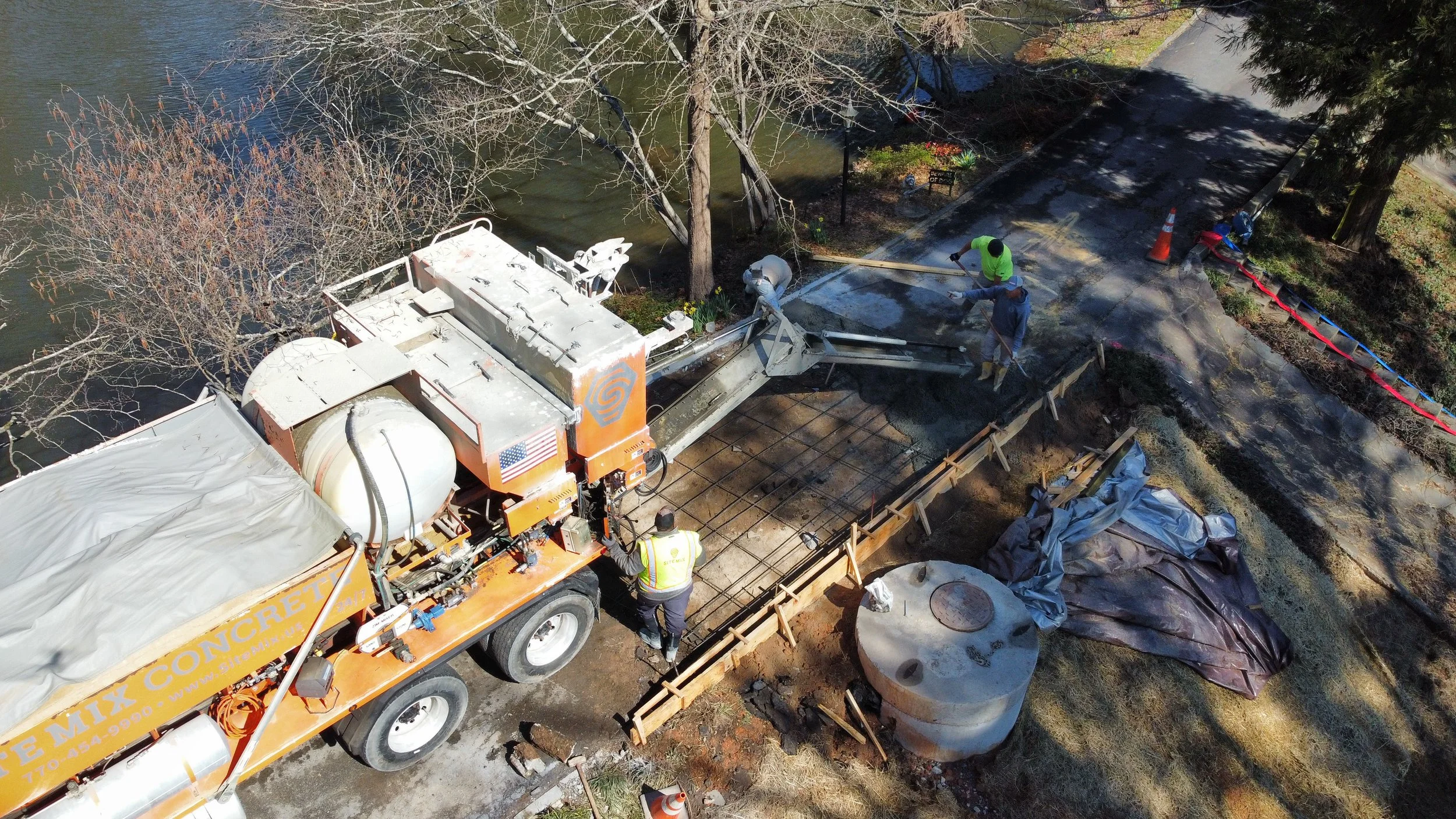
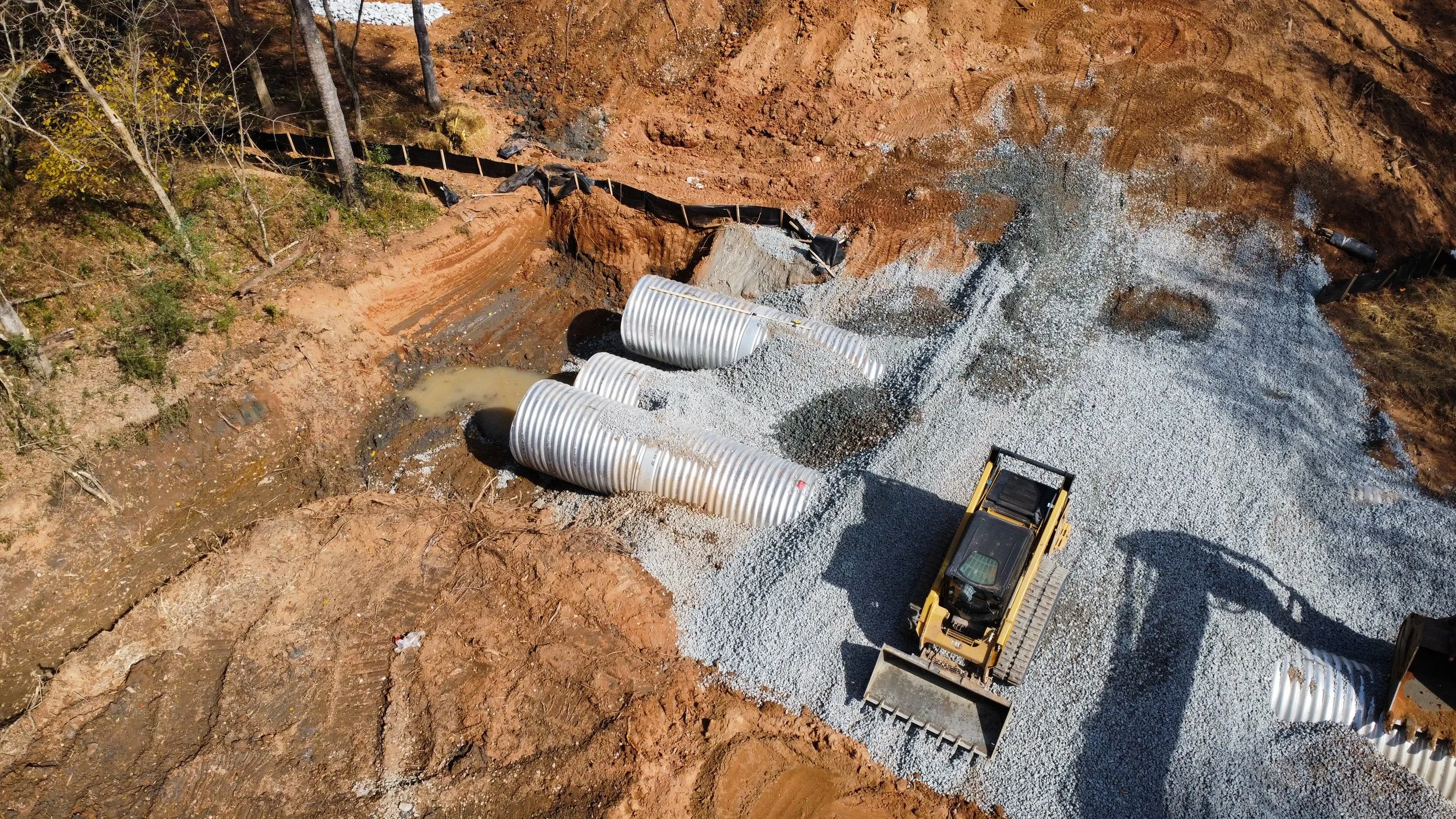
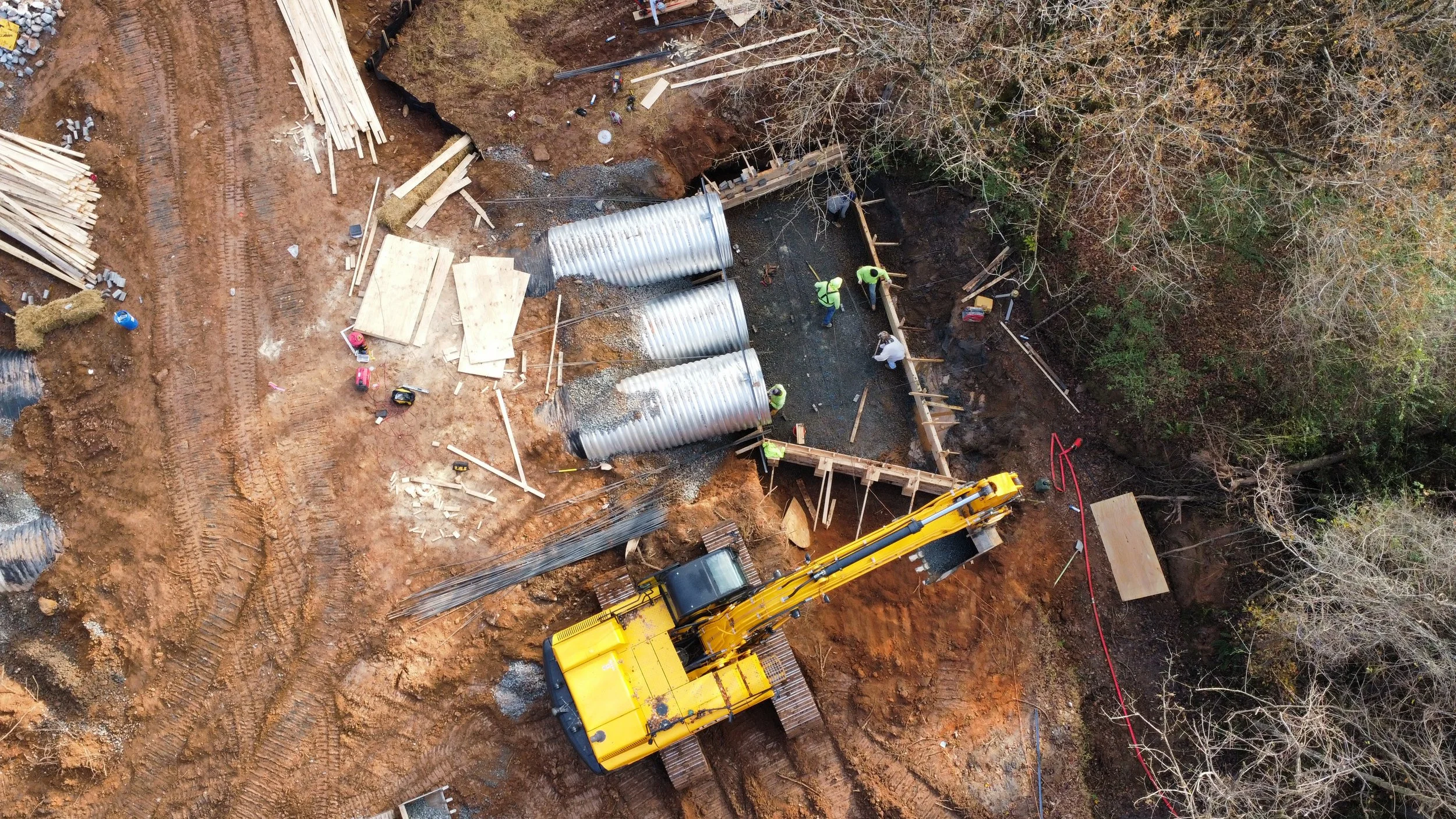
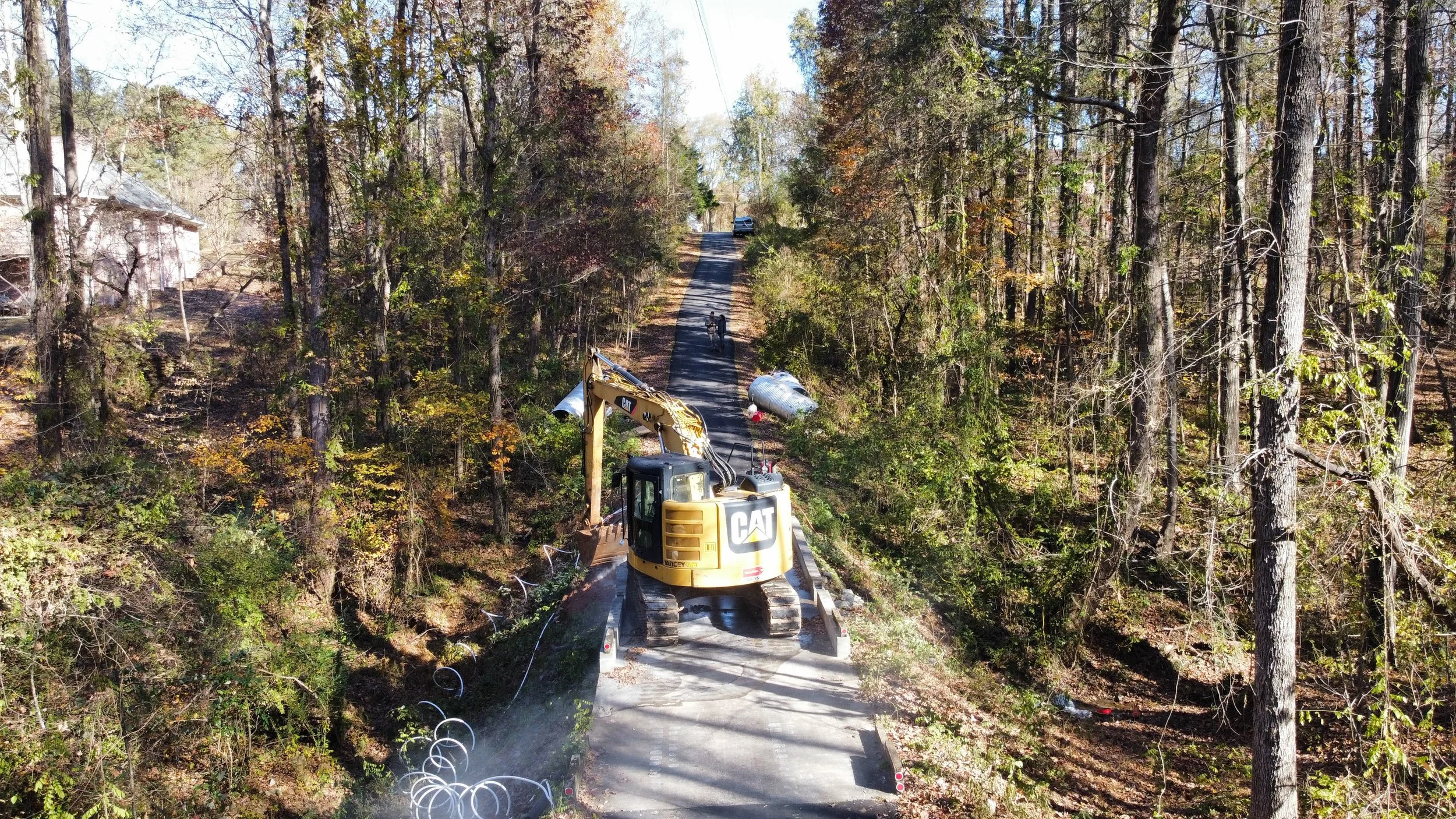
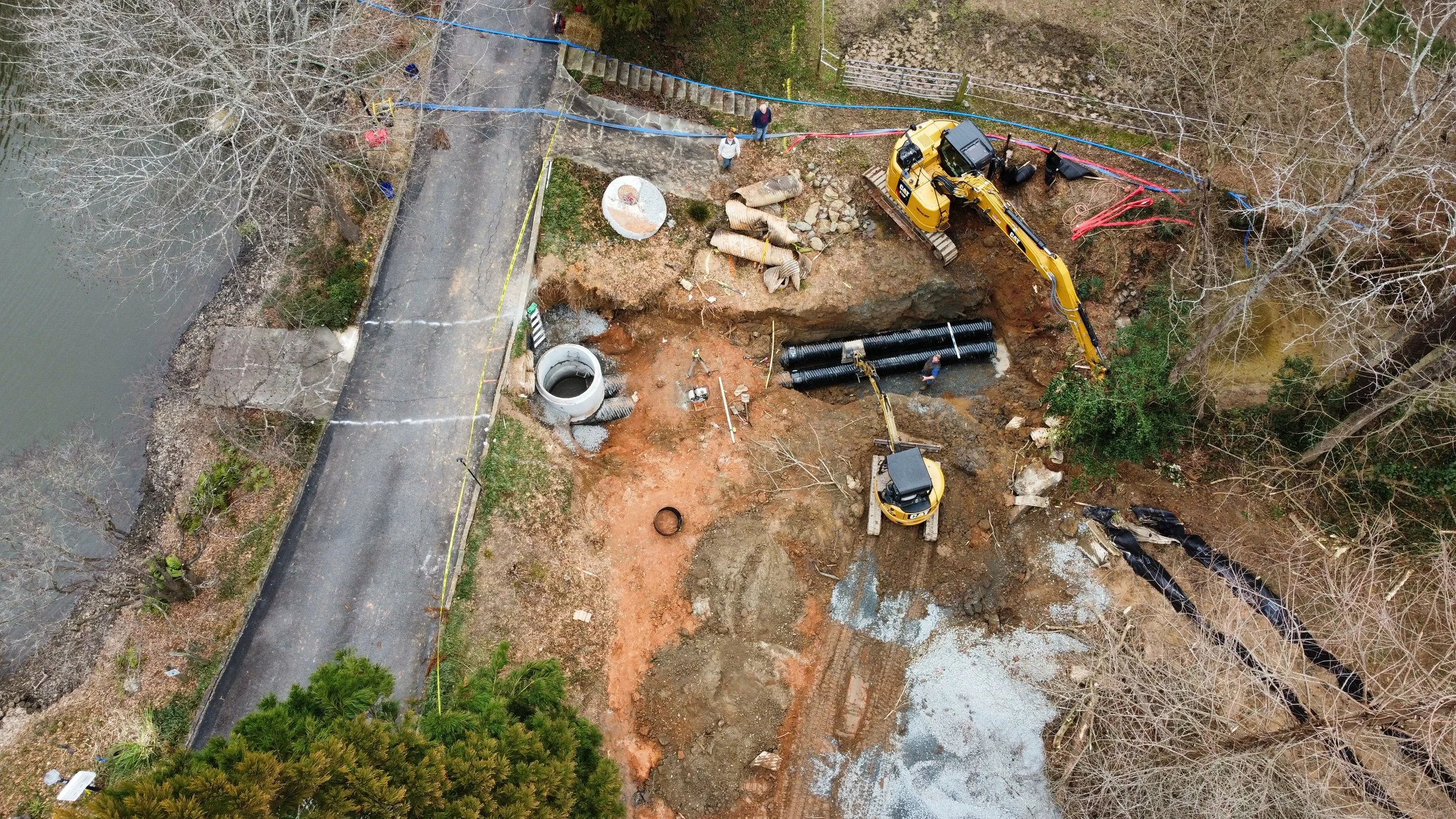
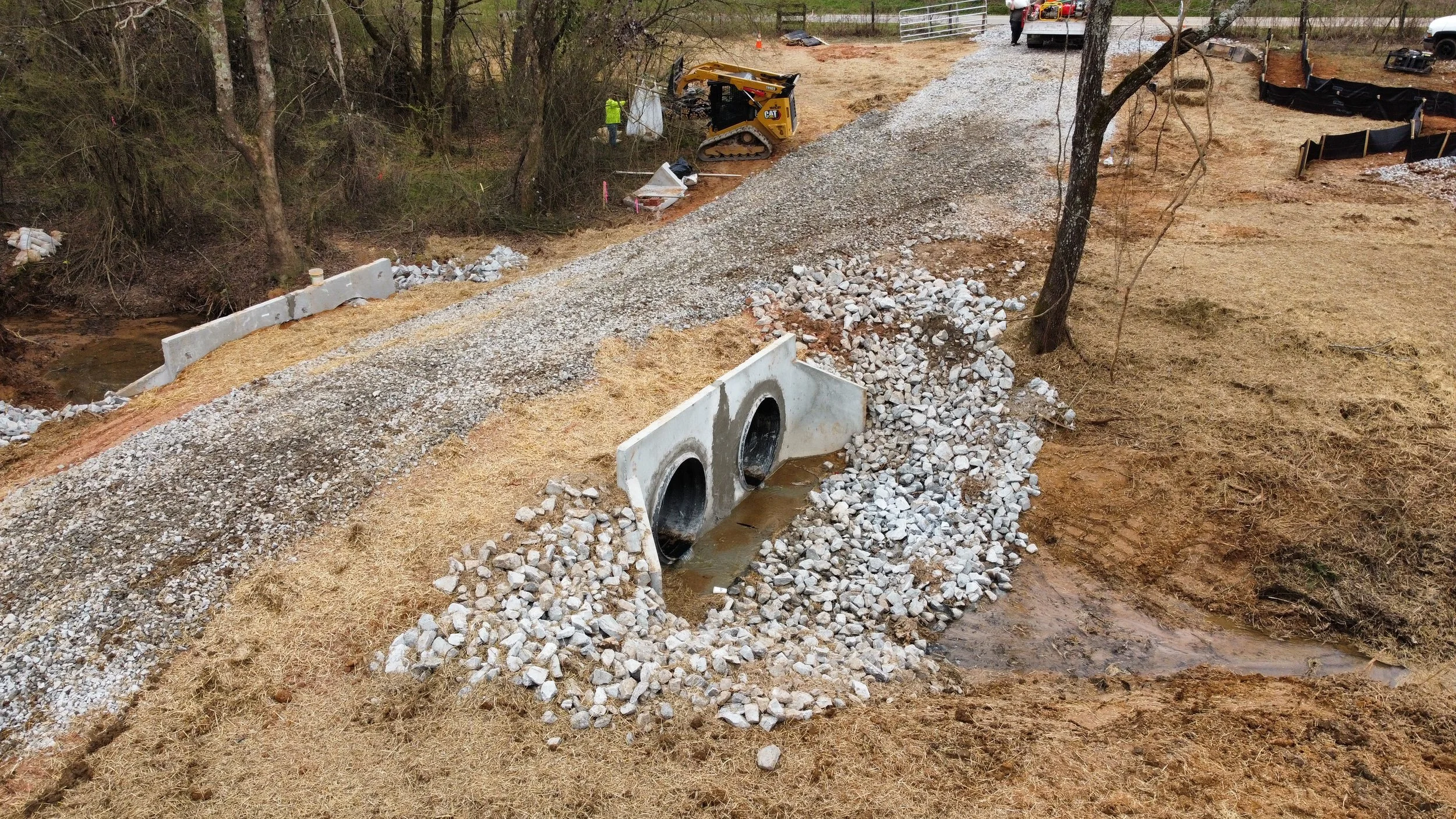
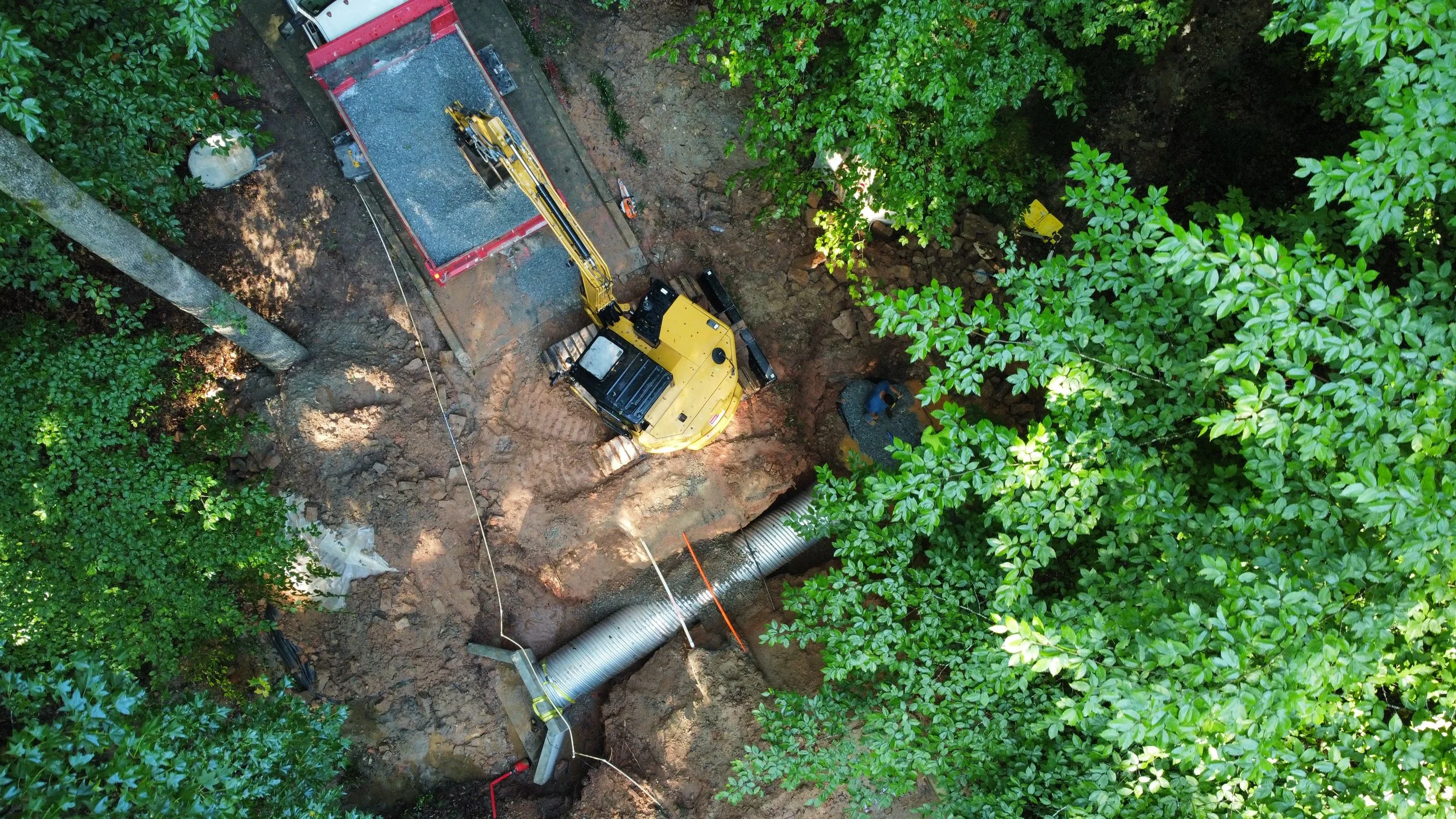



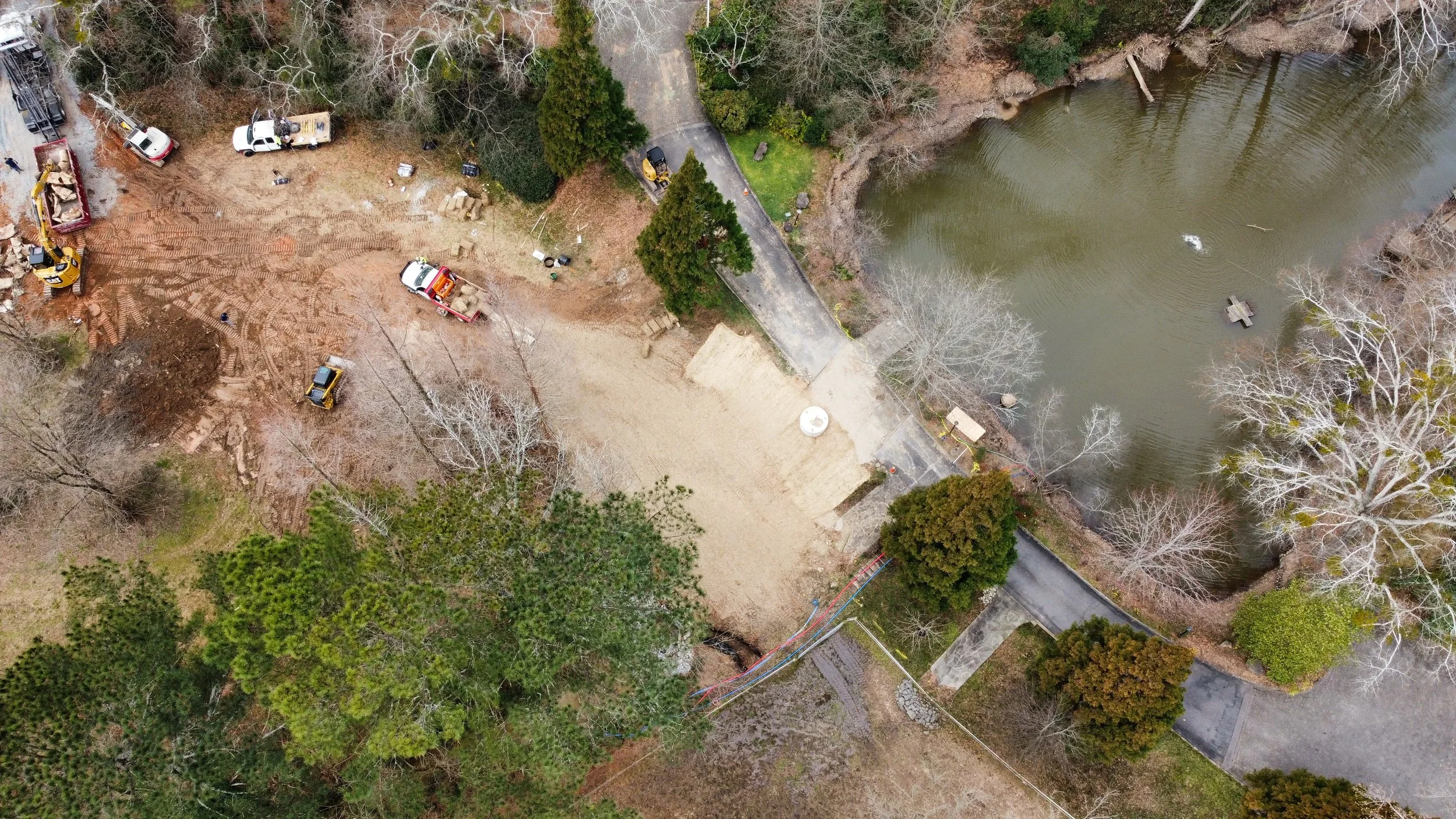
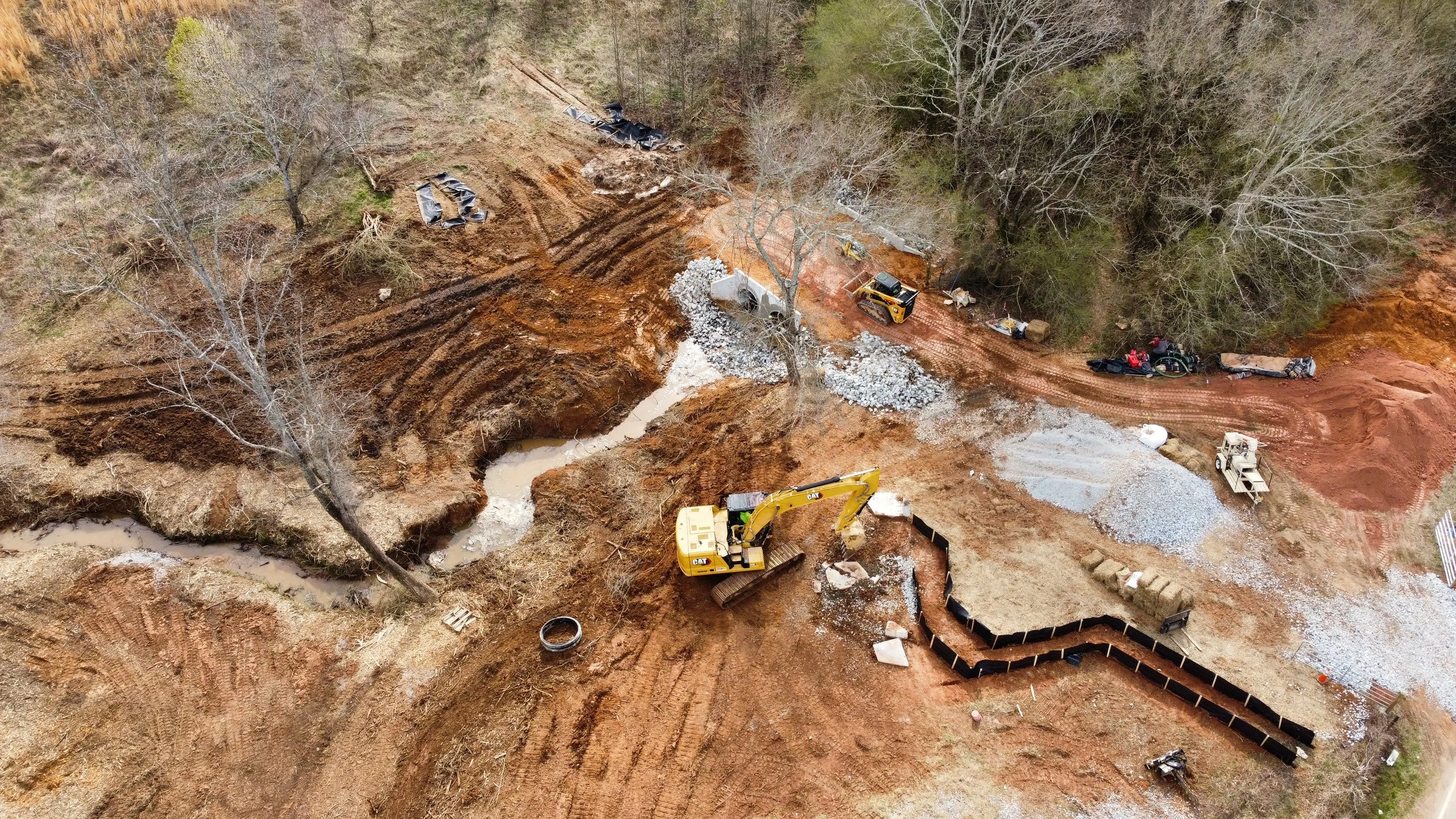
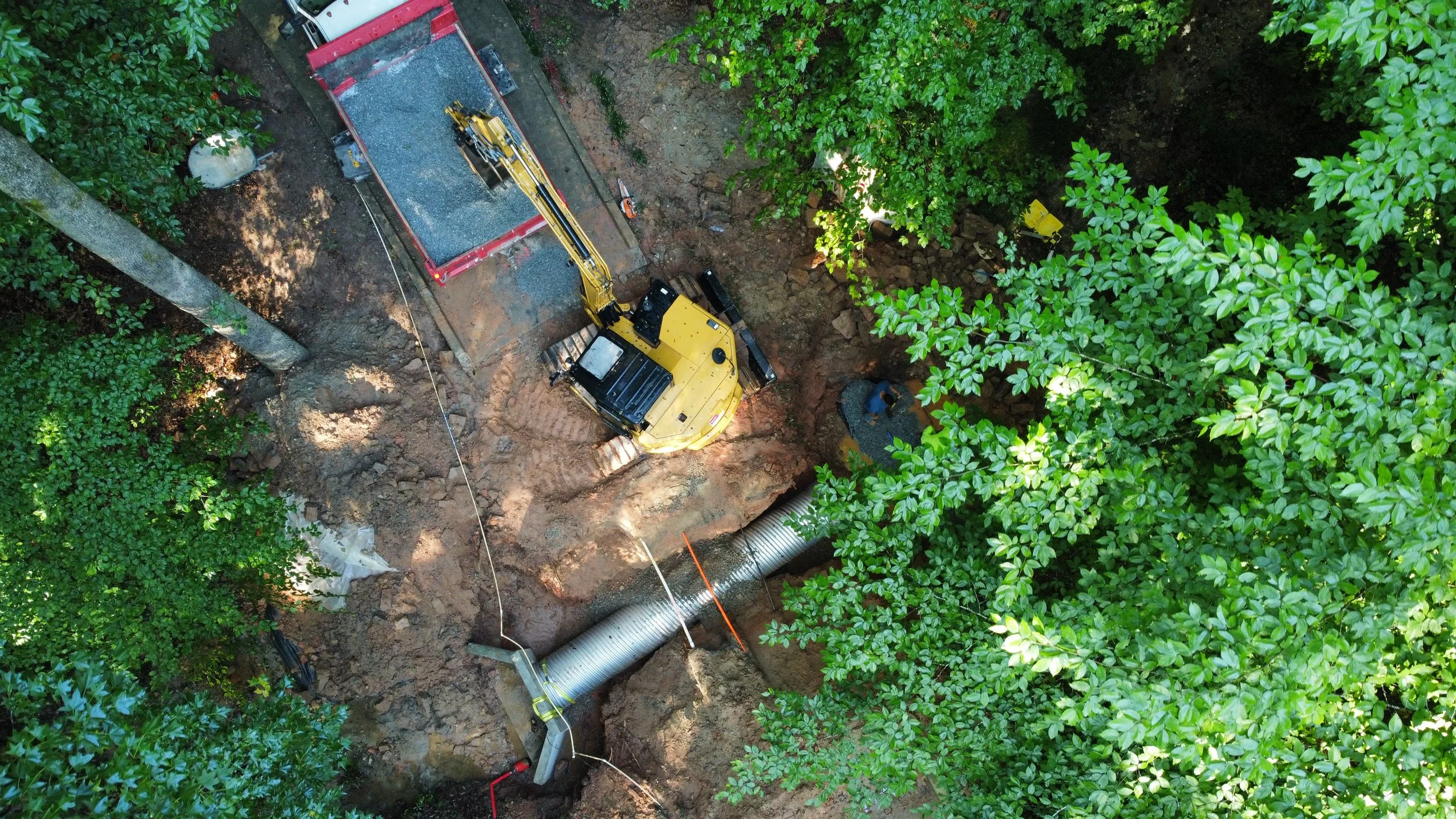
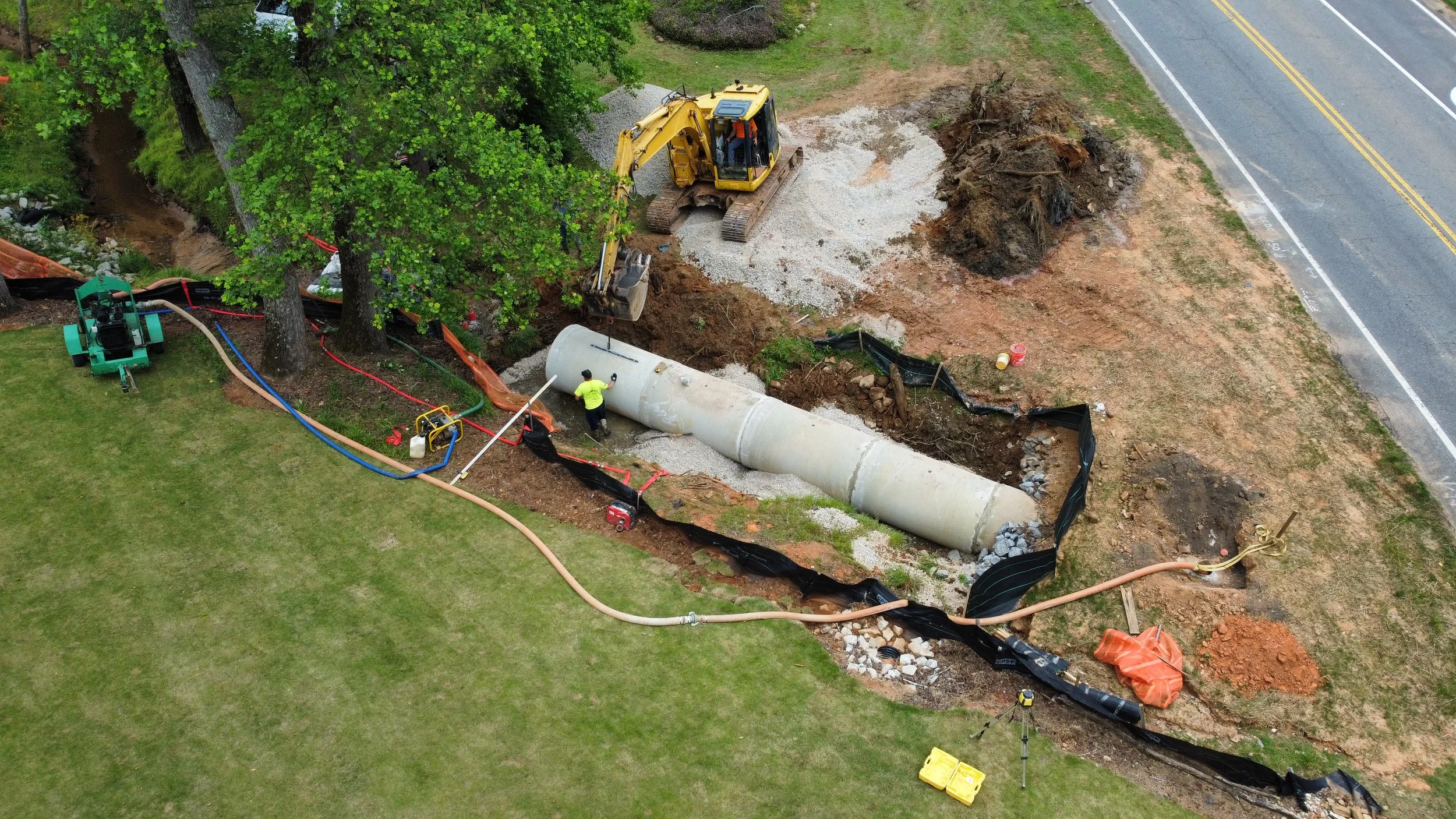
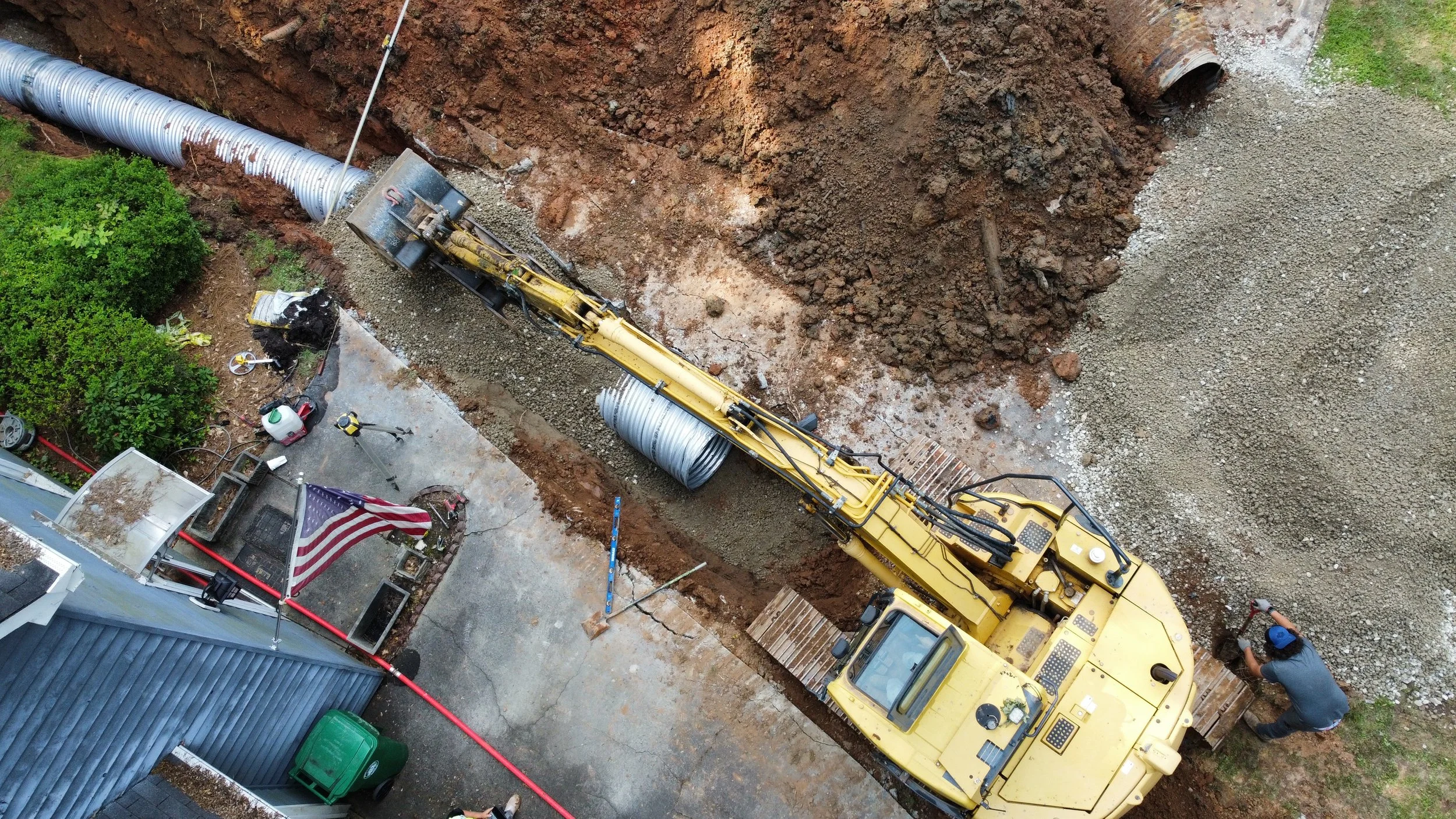
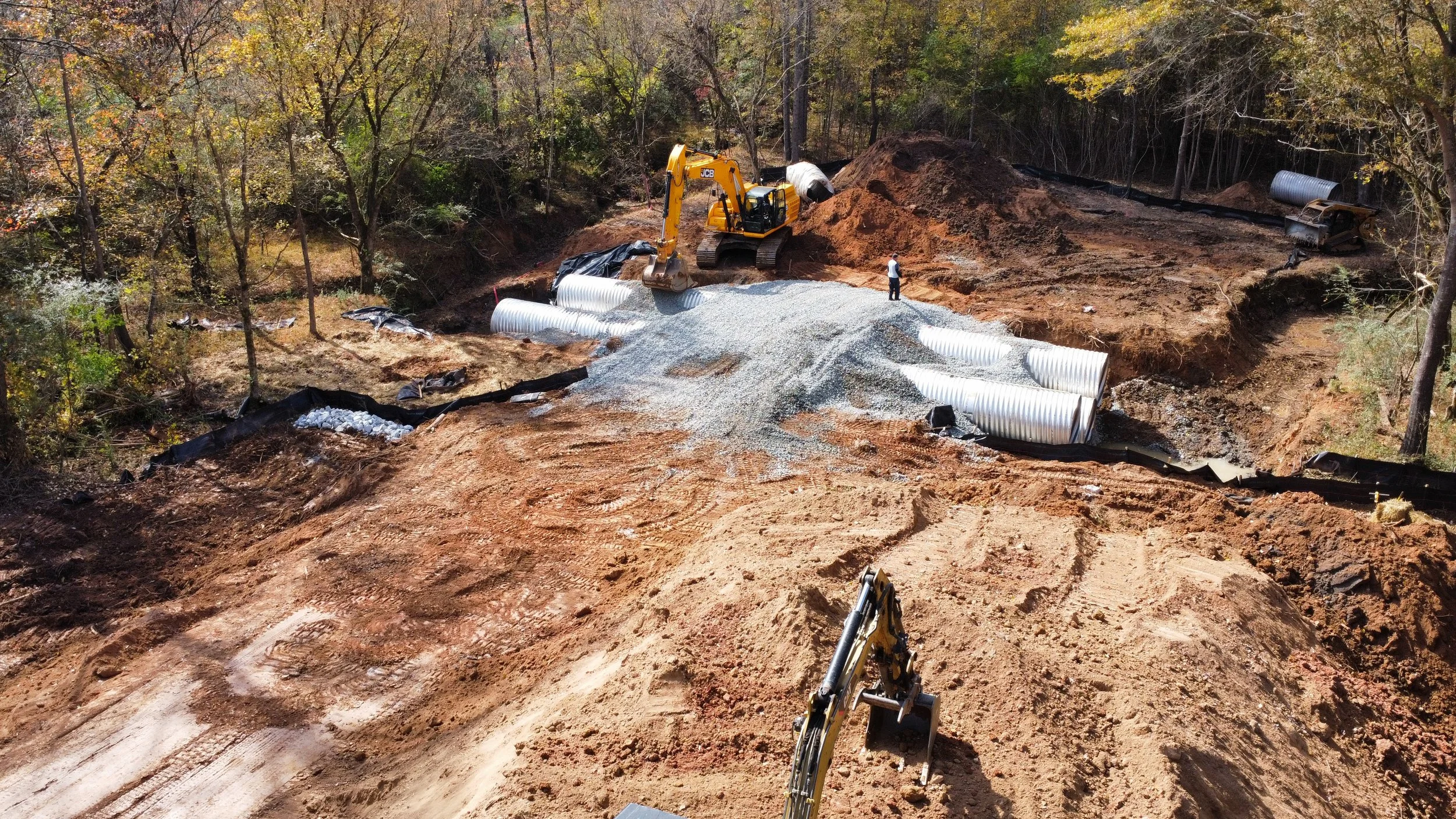
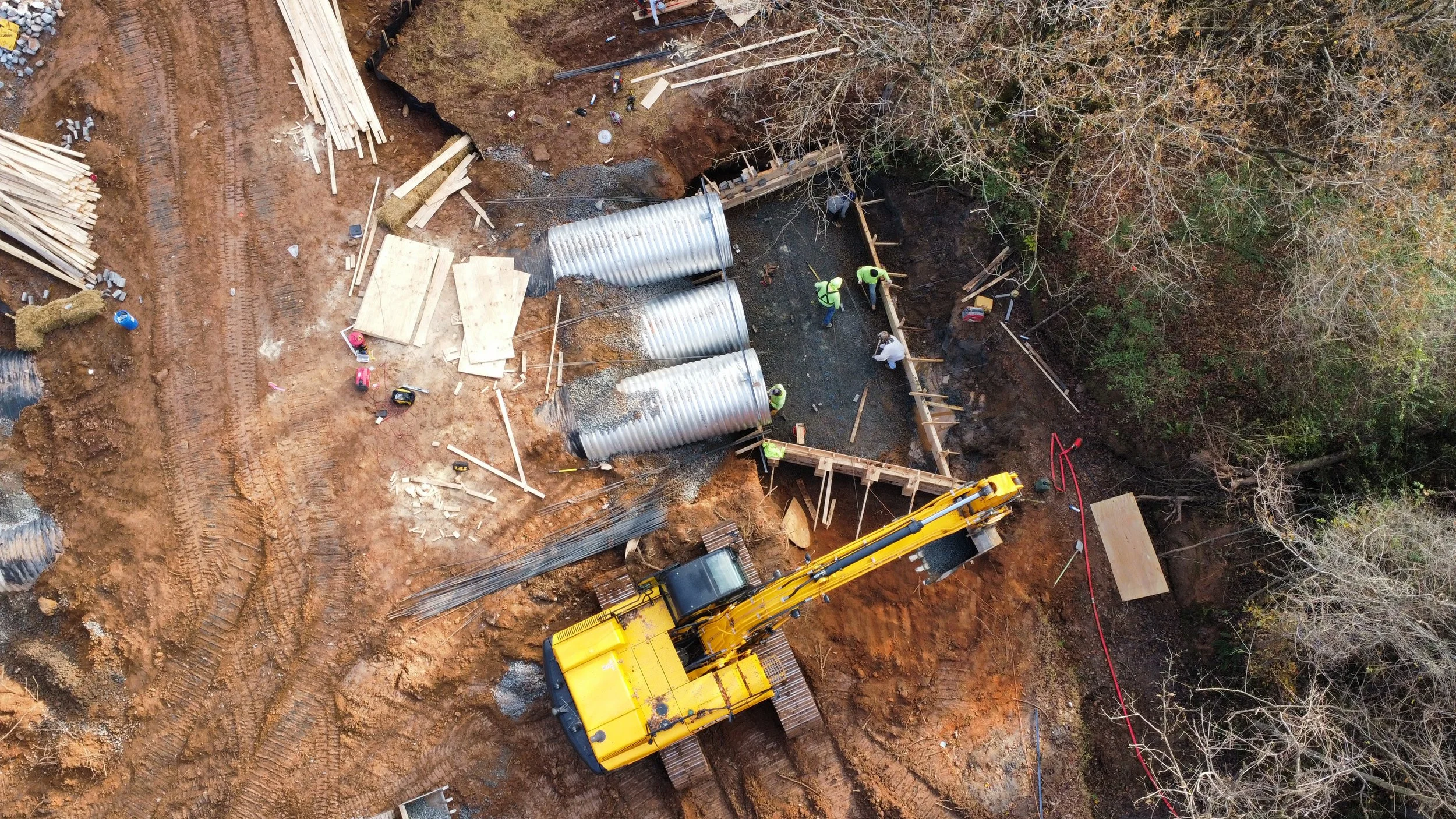
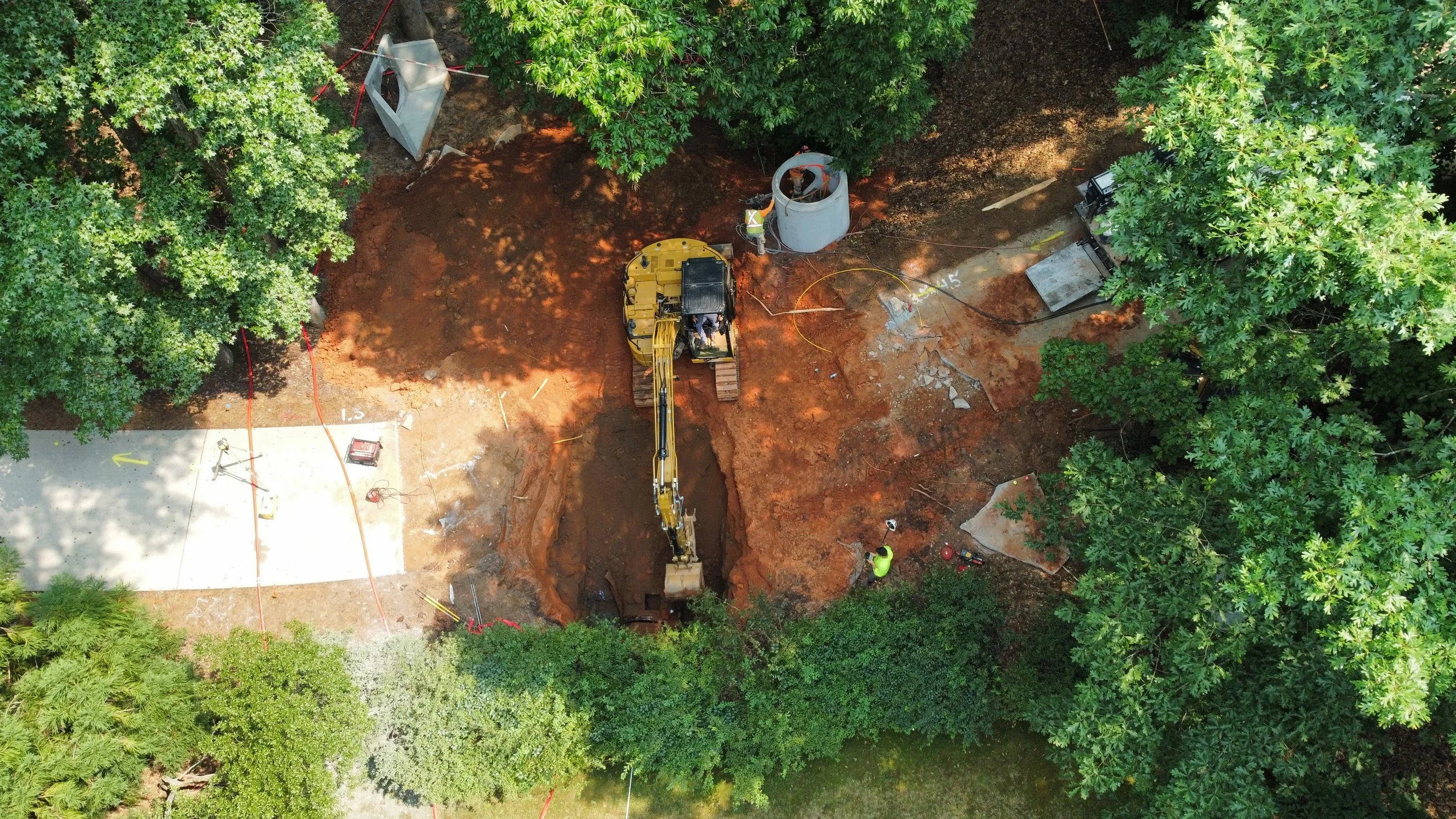
Here’s what customers say
For Culvert repair or installation in Atlanta Metro area
